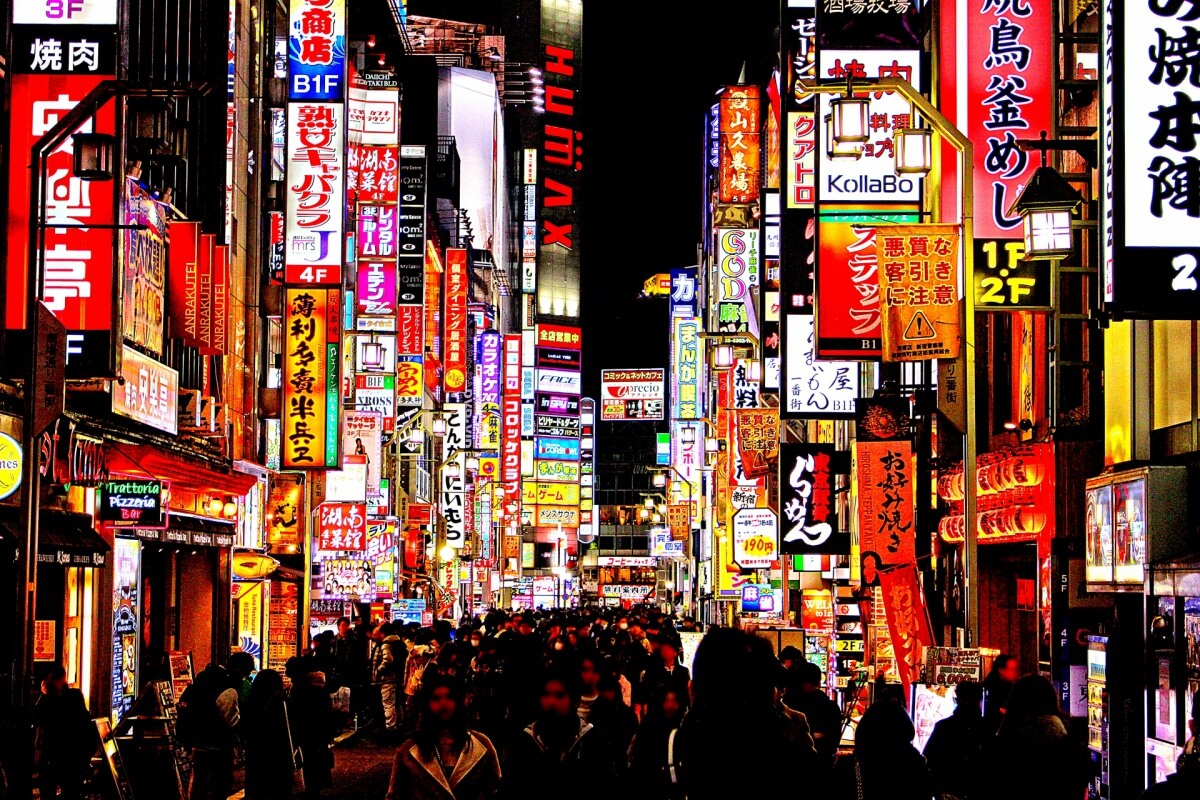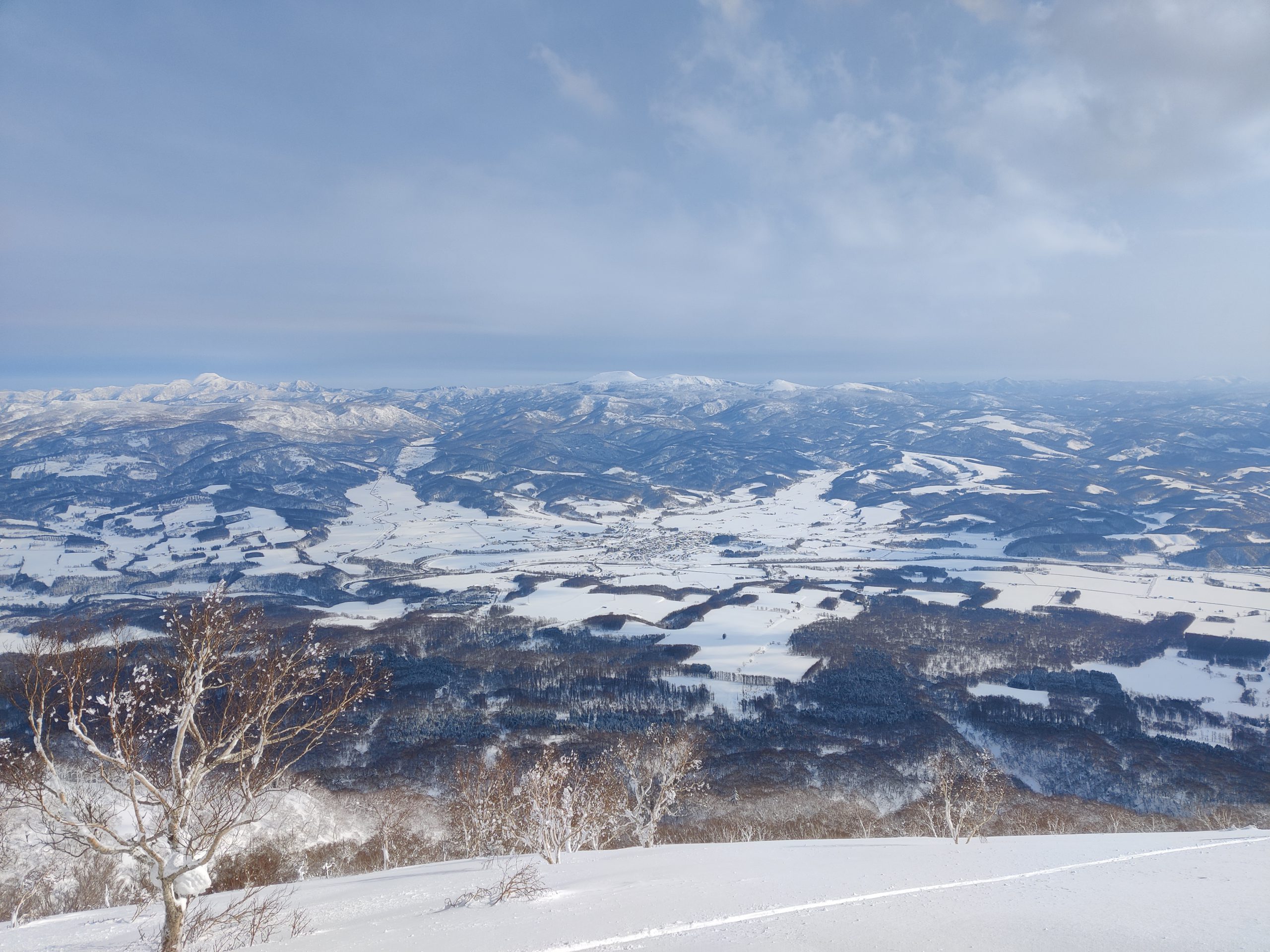The alcoholic beverage most often associated with Japan is sake, also called “rice wine.” If you’re going out on the town in Tokyo, you will likely see people drinking sake everywhere, and a wealth of bottles to choose from wherever you go. Its popularity has gone global as well, with sake served in sushi restaurants all around the world. Because the drink is so closely intertwined with the traditions and culture of Japan, it would be a shame to visit the country without trying some of this famous beverage.
But what kind of sake to try? Hot or cold? Junmai or Daiginjo? The wide selection can be a bit intimidating, especially for those who have never tried sake before. A great way to immerse yourself in Japan’s drinking culture is to take part in a tasting or go on a tour that can introduce you to a few different kinds. But before you head out, take some time to learn a little bit about sake and why it’s so central to Japanese culture. That way, you can appreciate this unique beverage and know what to keep an eye out for on your trip to Japan.
What is Sake?
Sake is an alcoholic beverage made from fermented rice. The national beverage of Japan, it has been enjoyed for more than 1,000 years, and usually has between 15% and 20% ABV, though some varieties can have more. It has been estimated that there are around 1,700 sake breweries in Japan, producing more than 40,000 different brands. Many of these brands are exported and served worldwide, so no matter where you live, there’s probably some sake at a shop near you.

Just about any izakaya or restaurant in Japan will have some kinds of sake. If you are talking to someone who speaks English, and you ask for “sake,” they will understand what you want. However, it’s important to note that the Japanese word “sake,” and the character 酒, refer to any alcohol, including beer, wine, whiskey, etc. The beverage we call “sake,” or “Japanese rice wine,” is called nihonshu. So if you see the character 酒 or hear a Japanese person say “sake,” they may just be talking about alcohol in general, though again, most wait staff will understand that you are foreign and try to interpret what you want if you ask for sake.
The best areas producing sake in Japan
There are several regions in Japan that are known for producing sake. Here are just a few:
Niigata
Located in the northwest of Honshu, Niigata’s cold climate and proximity to rice fields make it perfect for brewing sake. The area is home to a sake museum and is great for lovers of history and nature. If you’re willing to expand your visit beyond the major cities, this is a wonderful place to take a tour.
Kobe
You’ve probably heard of this area because of its famous Kobe beef, but it also produces around 30% of the country’s sake. Its location is ideal for exporting the product, and is nestled between the mountains and the sea. The Nada District is home to multiple breweries, making it a perfect addition to any tour of Kobe.
Kyoto
Though you can certainly find all kinds of sake in this famous city, one unique kind is Mankai, a red variety with a fruity flavor. Of course, Kyoto has so many things to offer tourists, it’s an essential part of any visit to Japan.
Hiroshima
Hiroshima is home to the National Research Institute of Brewing, the Hiroshima area is a place that takes sake seriously. Sampling some of the local product is the perfect way to end a day taking in the city’s important historical and cultural sights.
Kurume
Located in Fukuoka prefecture, Kurume is the birthplace of tonkotsu (pork) ramen, and is home to world-renowned producers of sake. If you’re looking for a place to take in the countryside, this is a fantastic choice.
There are many other places that produce important sake, including Ishikawa, Akita, Fukushima, Saga, and Yamagata, all of which have different specialties. However, don’t think you have to go far to find great sake. There are plenty of stupendous bars in Tokyo where it can be found, and a good tour guide can help you sample some of the best the country has to offer.


How is sake made?
Traditional sake only has four ingredients: rice, water, mold, and yeast. The process has many steps, but described simply, they are:
- The rice is polished to remove proteins and bran
- The rice is washed and steamed
- Koji mold is added
- Yeast is added, and the mixture is left to ferment
- Once the fermentation process is complete, the sake is pressed, filtered, pasteurized, and bottled
This process is incredibly intricate, varies greatly by brewery, and can take a lifetime to master. Differences in how these steps are carried out are what produce the different kinds of sake.

Types of sake
Variations in the production process (the degree of polishing, amounts of mold and yeast, fermentation time, and other variables) produce many different kinds of sake, with different levels of alcohol and different tastes. There is a qualification system that designates sake varieties. Here are some of the basic terms to know:
- Junmai: Generally associated with the best, purest sake, Junmai refers to those brewed only using rice, water, yeast, and koji mold, with no additives.
- Honjozo: This designation is for sake where the brewer’s alcohol has been added, creating a lighter taste. Since it isn’t as strong, this kind is sometimes encouraged for having with a meal so it won’t overpower the food.
- Ginjo: To qualify as ginjo, the rice must be polished to less than 60% of its original size. This increased polishing leads to a smooth flavor profile.
- Daiginjo: The next step beyond ginjo, this is where the rice has been polished to less than 50% of its original size. Daiginjo is usually made in smaller batches and prized by aficionados.
There are also some specialty varieties you may run into. Just a few of them are:
- Genshu: This term refers to undiluted sake. Because it has no water added, its alcohol content will be a bit higher than normal.
- Amazake: Amazake, or “sweet sake,” is often made with the leftover byproducts of the brewing process. It’s easily recognizable for its thick, cloudy appearance, but has little alcohol, and is prized for probiotic qualities.
- Nigorizake: This variety is, like amazake, white and cloudy, but has much more alcohol. This is one people either love or hate, as the appearance and texture can seem strange, but it has a distinct flavor that some find very smooth.
- Namazake: This term refers to unpasteurized sake. While it has a fresh flavor due to the active yeast, it also has a short shelf-life and must be refrigerated. You can find it most easily in the spring, and will notice its nutty aroma and strong taste.
There are many others, including Muroka (unfiltered), Jizake (local sake), Happo-seishu (sparkling), and to-ketsu shu (frozen). While these are all fun to try, most people want traditional sake, which you can find at most bars and restaurants, or even at the konbini.


The most popular sake in Japan
Now you learn the difference of each type of sake, here is the list of the most popular sake in Japan. It will be easier to try some popular sake first until you know your favorite type of sake.

- SUIGEI Shuzo/ Kochi: Junmai Daiginjo series (dry)
- Hakkaisan Shuzo/ Niigata: Hakkaisan (dry)
- Asahi Shuzo/ Yamaguchi: Dassai (dry)
- Shirataki Shuzo/ Niigata: Jozen Mizu no Gotoshi Junmai Ginjo (dry)
- Hokusetsu Shuzo/ Niigata: Hokusetsu Daiginjo YK35
- Shochikubai Shuzo/ Hyogo: Shochikubai Shirakabegura Mio Sparkling Sake (sweet)
- Ninki Shuzo/ Fukushima: Ninkiichi Rice Magic Sparkling (sweet)
- Kobe Shushinkan/ Kobe: Fukuji Junmai Ginjo (sweet)
- Asahi Shuzo/ Niigata: Kubota Manju Junmai Daiginjo (sweet)
- Saiya Shuzo/ Akita: Yuki no Bosha Junmai Ginjo (sweet)
▼Check out the most popular sake brands in Japan
What to know before you order
If you’re new to sake, you probably don’t need to worry about the different classifications and varieties. It’s common in Japan to order any alcohol from the well – you can simply ask for “beer” or “sake” without specifying the brand. The one question they may ask you is whether you want hot sake or cold sake.
Americans usually first try hot sake at sushi restaurants. There is no hard and fast rule, but often, higher-quality sake is served slightly chilled. However, it comes down to personal taste. Some people like warm sake, but not cold, and vice versa.
If you’re going out with Japanese friends, it’s a good idea to learn some sake etiquette. It is impolite to pour your own sake – instead, your friend will pour yours, and you will do the same for them. When someone is pouring sake for you, hold the cup with both hands. These rules are not strict, and always relaxed for foreigners, but following them will show that you’ve taken the time to learn about Japan before going, and your companions will appreciate the effort.
The best way to learn about Sake is to take a brewery tour and do a tasting where you can witness the process and discover the differences between varieties. No matter what, be sure to sample some of Japan’s national beverage while you’re there, as it’s an experience you won’t want to miss!

Visit sake breweries near Tokyo
Sake breweries are often located in the rural area, but there are some breweries that are easily accessible from Tokyo. Some of them are also great destinations for a day trip where you can enjoy surrounding nature spots together.

Sake tours
From the bar hopping tour to the Sake brewery tour, here are some guided tours you can enjoy and learn Sake in Tokyo. You will also get a Sake tasting in Masu, a small wooden cup at our Tsukiji Fish Market Tour.
Follow us on Instagram, Facebook and Twitter for more travel inspiration. Or tag us to get featured!
Happy traveling!
Stay informed of the best travel tips to Japan, the most exciting things to do and see, and the top experiences to have with the Japan Wonder Travel Newsletter. Every week we will introduce you to our latest content.
Other articles you might like




Gregg Maxwell Parker is an author and screenwriter best known for the book Troublemakers. Originally from the United States, he moved to Kobe in 2018. Gregg and his wife, Eriko, are the minds behind the blog As Seen In Japan, where they share pictures and stories from everyday Japanese life. They can be found on Twitter and Instagram.
This post may contain some affiliate links. When you click through and make a purchase we may receive some commission, at no extra costs to you.



